Old School Dogpatch
San Francisco's oldest public-school building is still doing its job.

I wrote an earlier version of this story on sfheritage.org back in 2020, but you probably missed that with the pandemic and all...
Today a walk around San Francisco’s Central Waterfront is a tour of ambitious development: new hospitals, biotech complexes, tech campuses, and the glitzy Chase Center sports arena with its street-facing Jumbotron.

But thanks in part to preservationists, there are still pockets of historic houses, warehouses, and factories in San Francisco’s old industrial heartland.
In the Dogpatch neighborhood, tucked between elevated Highway 280’s roar and 3rd Street, stands the city’s oldest surviving public school building, the former Irving M. Scott School at 1060 Tennessee Street.
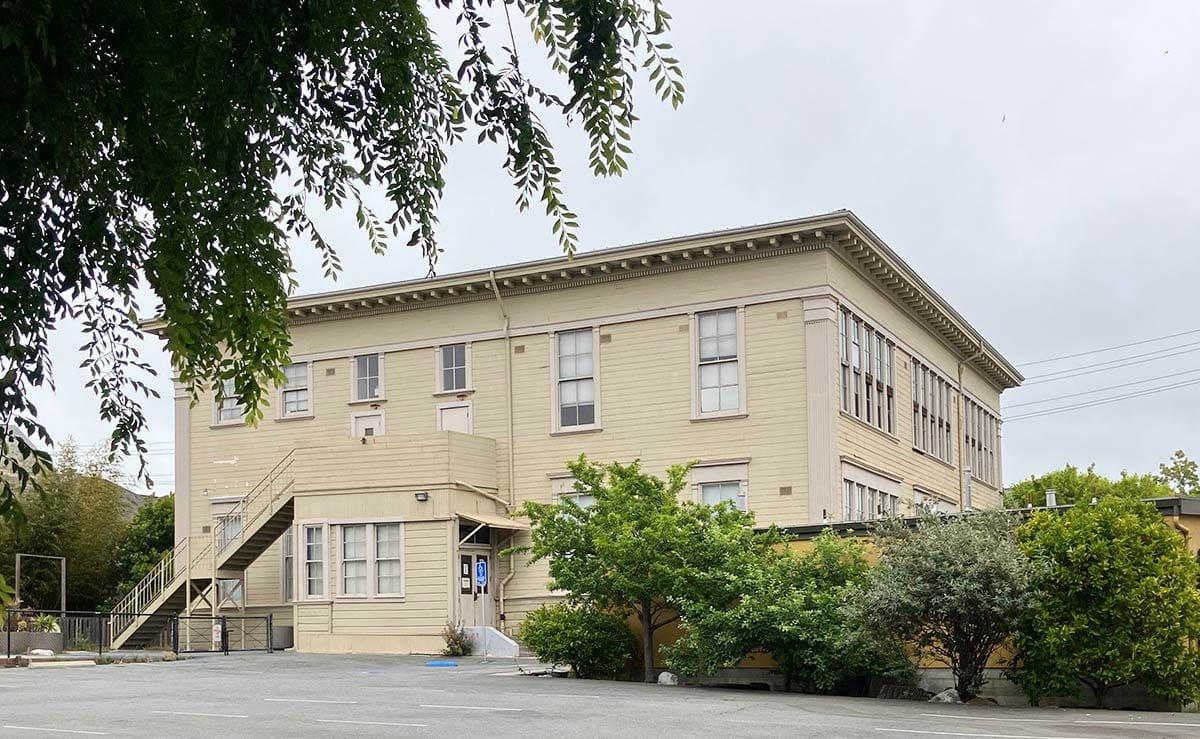
This area was smokestack-land from the 19th century until after World War II, home at one time to the largest shipbuilding operations on the West Coast. Power stations, iron-working factories, refineries, and all their supportive light industry lined the bay side east of Potrero Hill.

Most laborers who worked on and in the piers, dry docks, foundries, and warehouses lived nearby: in humble cottages and lodging houses on Potrero Hill, the mostly-eradicated Irish Hill, or Dutchman’s Flat between Mariposa, 23rd, Minnesota, and Tennessee Streets, which is now better known as the Dogpatch neighborhood.
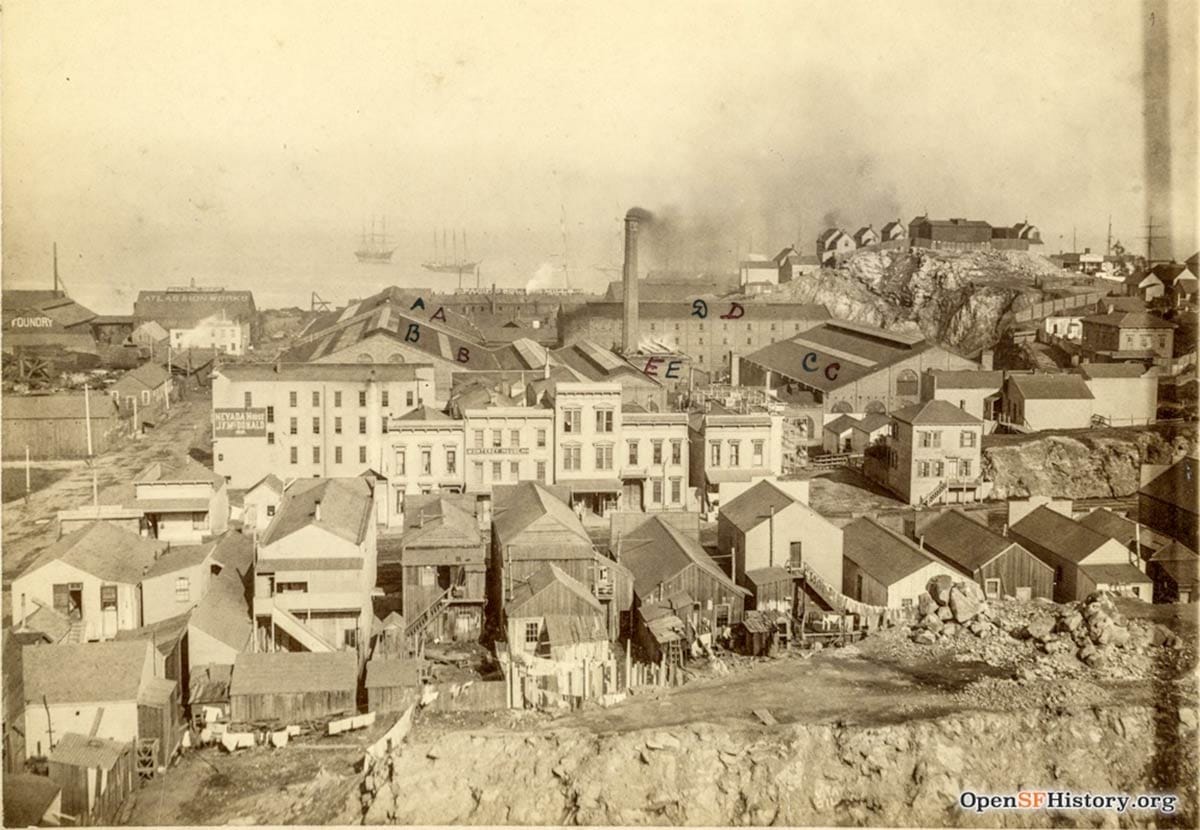
In 1865, the Potrero School was established for the children of these workers in a rough shack on the corner of modern-day 3rd and 20th streets. In 1877, the city built a new school on a mid-block parcel between today’s Minnesota, Tennessee, 20th, and 22nd Streets.
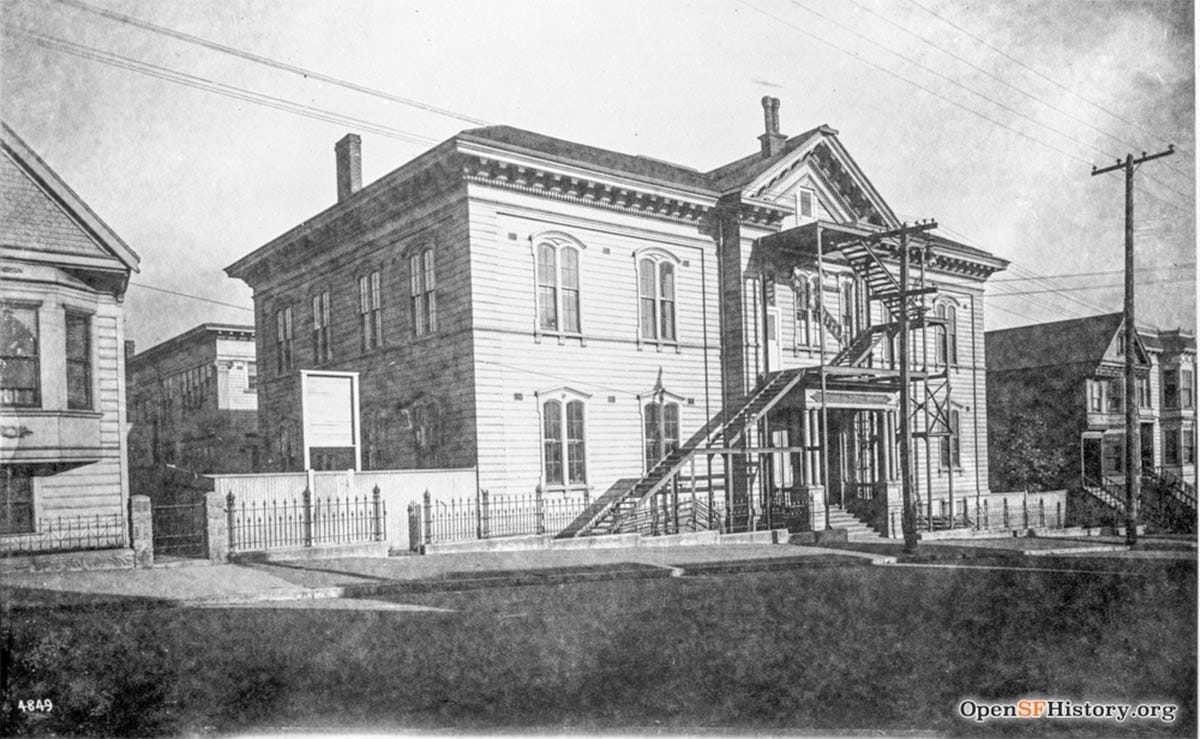
The inadequacy of the school’s facilities—too small for the number of students, no real sewage system, and little heating—was lamented almost from the start. The early 1880s creation of a new Union Iron Works plant, where many of the nation’s early modern warships were made and launched, brought hundreds more workers to the Central Waterfront and exacerbated crowding at Potrero School.
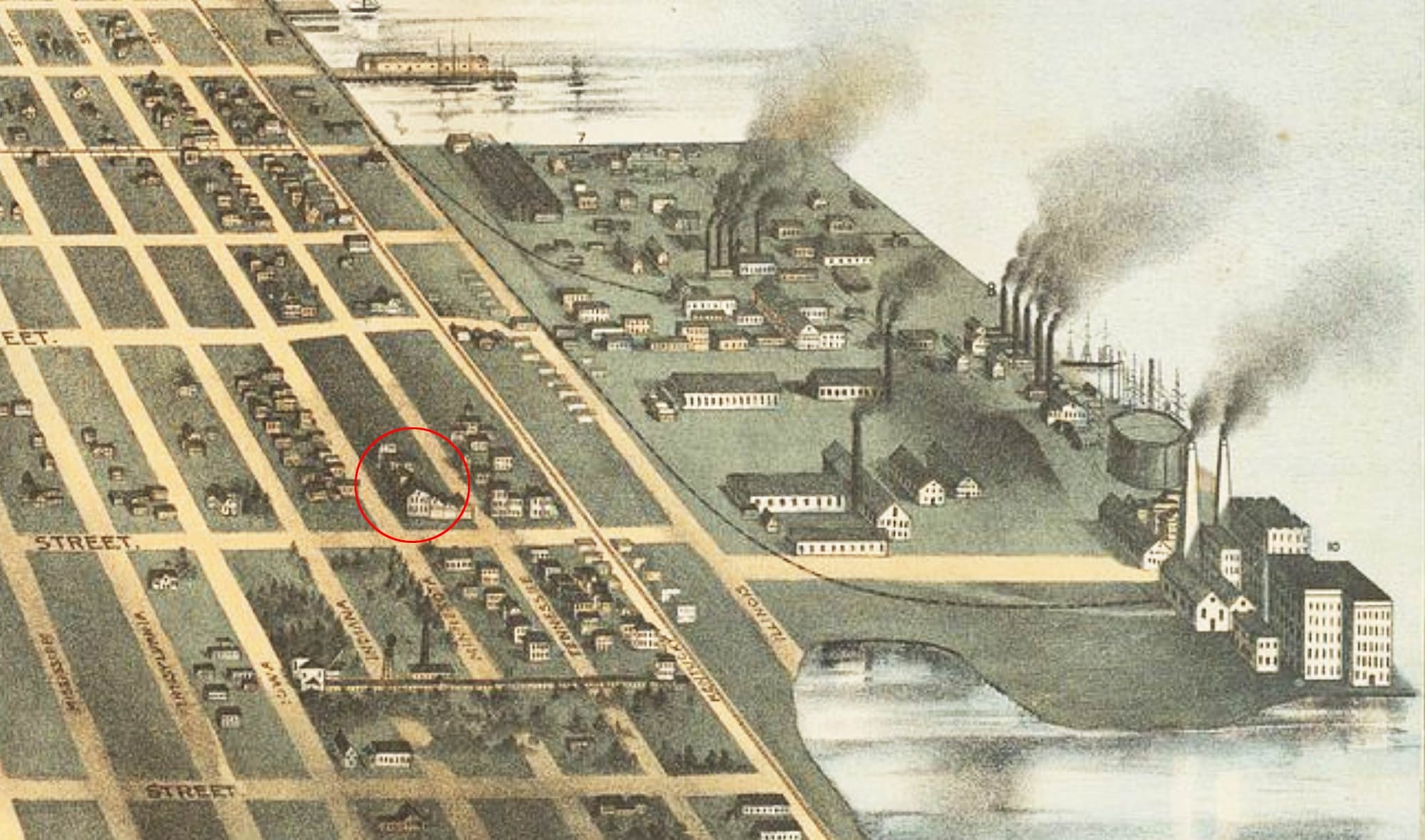
Finally, in 1895, a freestanding addition designed by city architect Thomas J. Welsh was built behind the original school site. The two-story Classical Revival structure faced Tennessee Street and connected via a breezeway to the 1877 building.

The entire school was renamed Irving M. Scott School in honor of the Union Iron Works’ partner and superintendent who donated partial funding for its construction and improvement.
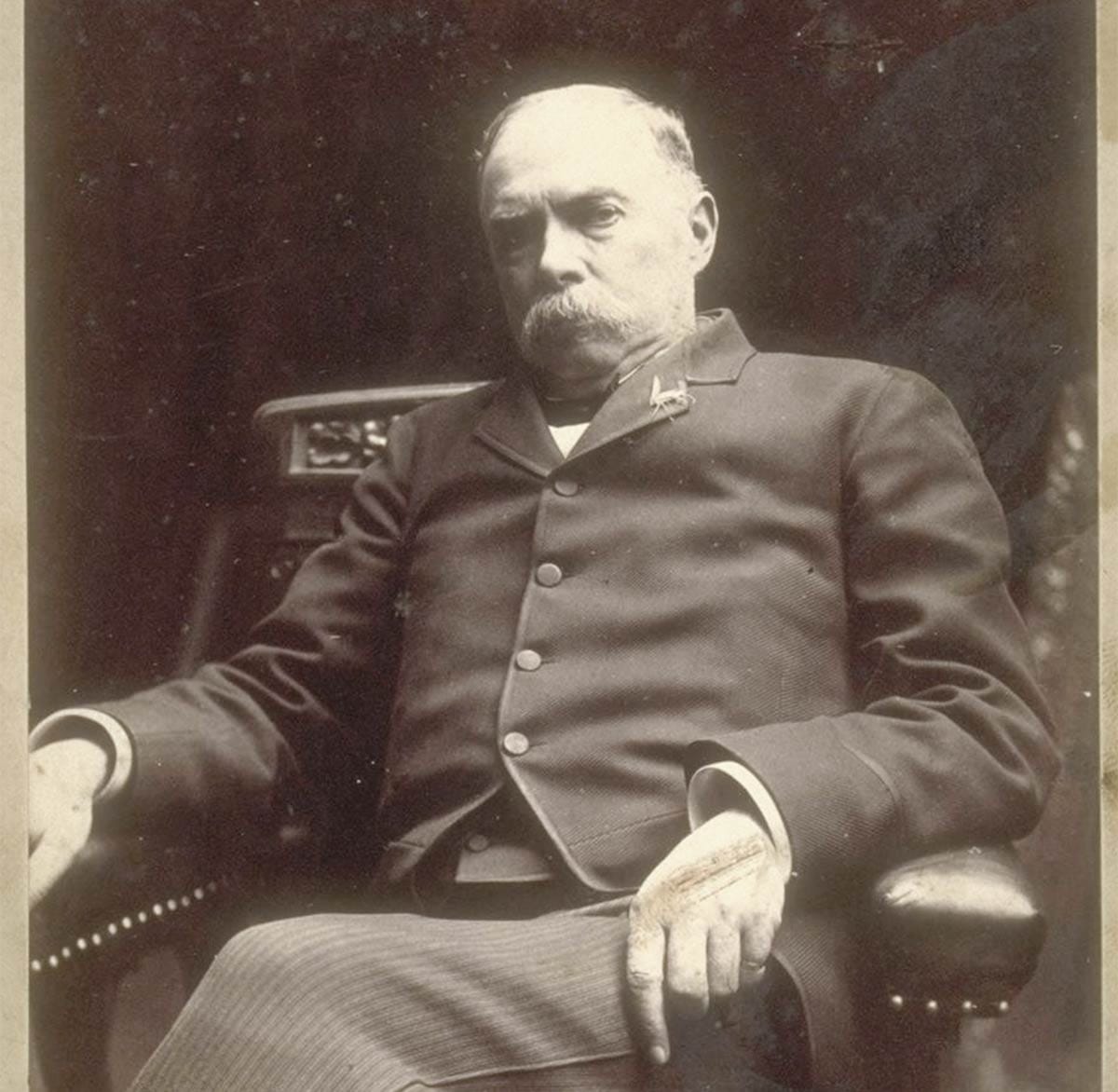
As children of rope-makers, iron-workers, coopers, butchers, grocers, and saloon-keepers, the pupils were given a primarily vocational education: boys to follow their fathers in the trades and girls to learn homemaking and cooking in the school district’s first “teaching kitchen.”

The 1877 Minnesota Street school building was sold by the city and removed in the early 1920s—likely just for scavenged lumber—but the 1895 addition remained and served school children for another half-century.
It’s a miracle that the Tennessee Street building survives. It was set on fire numerous times—at least once intentionally by students. (A 1940 article begins, “With joy in their hearts, 210 primary pupils watched yesterday afternoon as flames curled over the roof of the Irving Scott School…”)
Ongoing sanitation and heating issues targeted it for closure and demolition throughout the twentieth century. Parents and neighborhood groups unsuccessfully pestered the city for improvements. When backers of any school bond measure wanted to inspire support, they highlighted Irving M. Scott School’s woefulness and promised a replacement.
Newspaper stories and reports from the Health Department frequently excoriated the school for its crude latrines (in outside sheds) and its antiquated and dangerous heating system of pot-bellied-stoves.
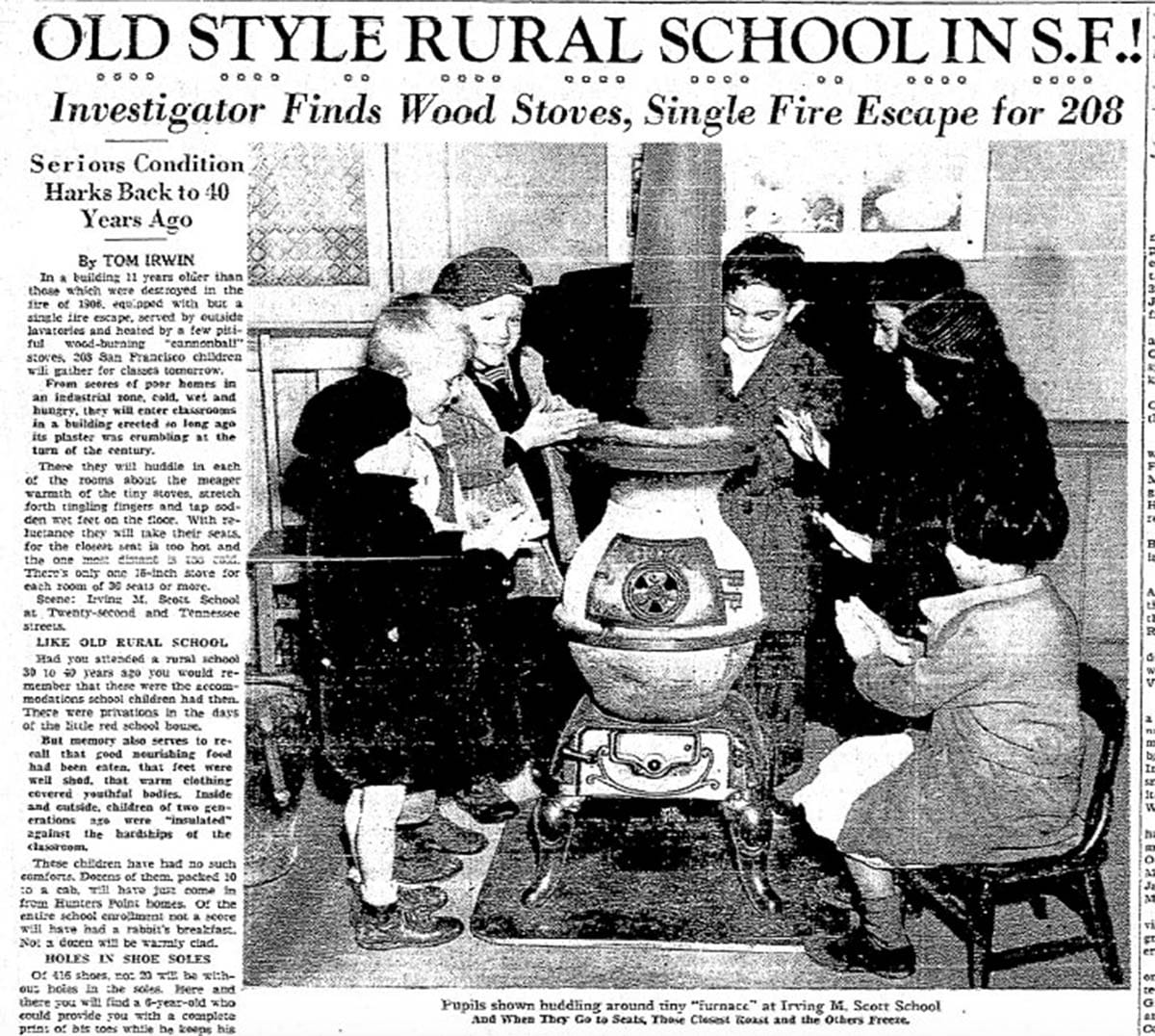
Bonds did pass and government officials continued to make promises, but little changed and the school remained open. The itinerant laborers of the 1890s, the migrants of the Depression, and the newly arrived war workers of the mid-twentieth century were easily ignored by City Hall.
Finally the school closed in 1974. The district moved in to use the old building for office space and the Potrero Hill Community Development Corporation occupied part of it in the 1970s and 1980s.
To see the leaf-shaded streets of Minnesota and Tennessee Streets today with their expensive parked cars, well-kept cottages, craft-coffees, and art-gallery complexes, it’s hard to remember that this was a rough-edged working-class neighborhood.

The Dogpatch was the home of men and woman who built and rebuilt the city of San Francisco, many of whom learned the basics of their trades and established the foundation of their lives in Irving M. Scott School.
When the forces of gentrification began creeping down 3rd Street in the late 1990s, Dogpatch neighbors and preservationists moved quickly to create a city-designated historical district—a remarkable achievement with the headwinds of political and market pressures against them.
San Francisco Heritage (my place of employment) worked closely with the Dogpatch Neighborhood Association to survey the neighborhood. Architectural historian Christopher VerPlanck did a heroic job over five years leading the effort, doing the research, and shepherding the district’s designation through city agencies.
The former Irving M. Scott School is included in the historic district, is listed on the National Register of Historic Places, and is designated San Francisco City Landmark #138.
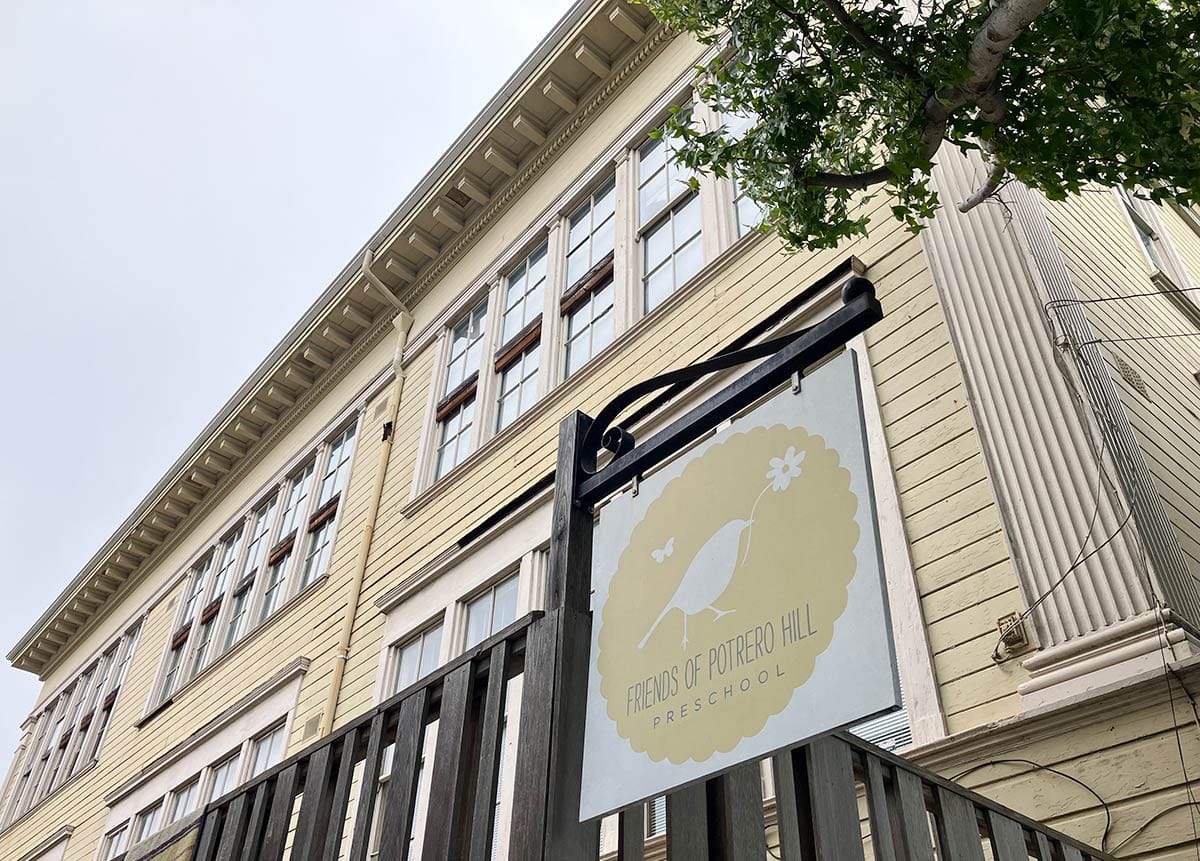
Today the site is occupied by the Friends of Potrero Hill preschool and Alive & Free/Omega Boys Club, a nonprofit focused on violence prevention with a mission not so different from the goals of the Irving M. Scott public school in the late nineteenth century:
“To provide young people with opportunity and support to build positive lives for themselves and to move into contributing roles in society.”
Woody Beer and Coffee Fund

Hey, we’re not getting younger—at least I’m not. When are we going to have that drink together? Let me know, because other folks, people who wish us well, have prepaid the bill. (If you want to be one of those well-wishers, you can chip in here!)
Sources
“Ruins of Schoolhouses,” San Francisco Examiner, December 29, 1891, pg. 6.
“Disclaimed the Title ‘A.P.A.,’” San Francisco Call, June 25, 1896, pg. 5.
“Notice of Auction Sale,” San Francisco Chronicle, March 5, 1921, pg. 19.
“Pupils Gleefully See School Fire,” San Francisco Chronicle, March 14, 1940, pg. 13; “Quick-Witted S.F. Lasses Defeat Plot of Incendiaries,” San Francisco Chronicle, November 13, 1922, pg. 1.
R. W. Jimerson, “Battle Opens on Firetrap Schools Here, San Francisco Examiner, October 21, 1933, Part II, pg. 1; Tom Irwin, “Old-Style Rural School in S.F.!,” San Francisco Chronicle, January 17, 1937, pg. 12; Barbara East, “Poor Sanitation Exposed at Ancient S.F. Schools,” San Francisco Examiner, October 7, 1948, pg. 14.
David Kiefer, “Diggin’ it in Dogpatch,” San Francisco Examiner, February 12, 2003, pg. 10A.

